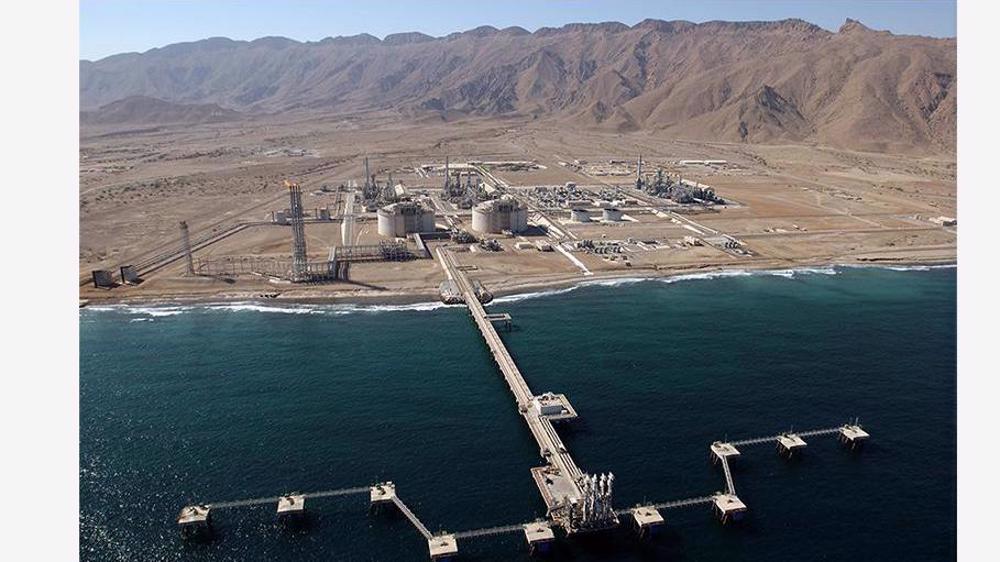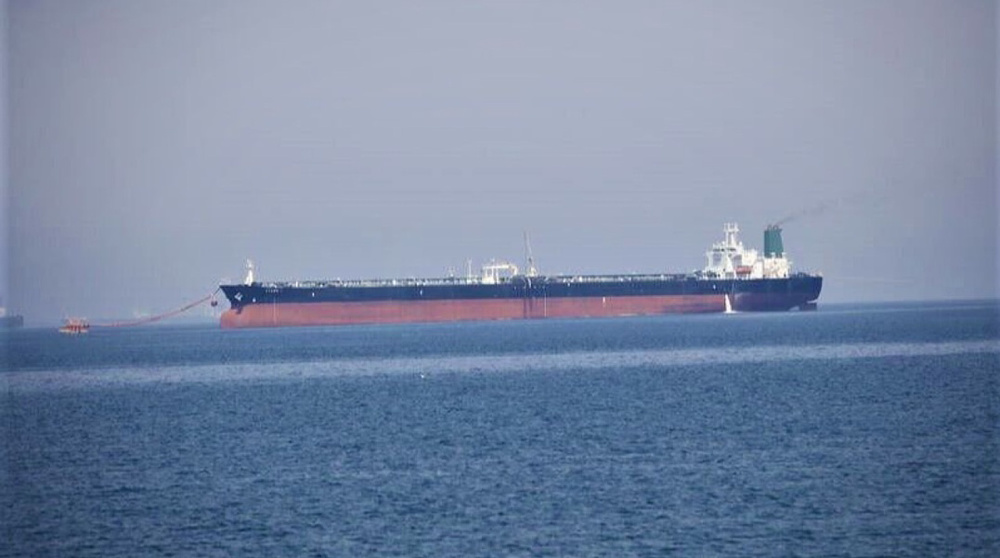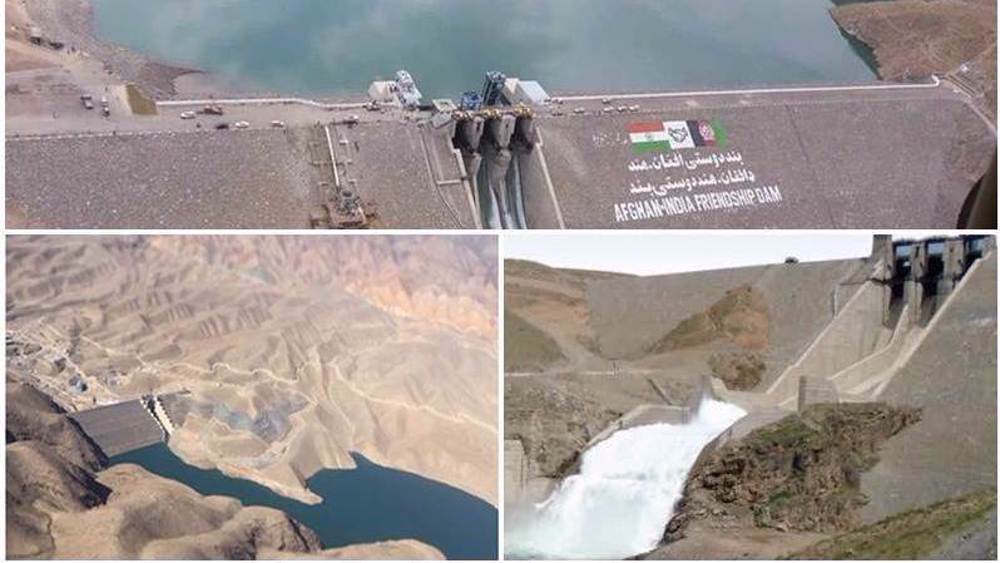Oman says to propose production of hydrogen with Iran
Oman plans to discuss production of blue hydrogen with Iran as part of an offshore pipeline project to pump Iranian gas to the sultanate through the Sea of Oman, Omani Oil and Gas Minister Mohammed al-Rumhy has said.
The 1.2 billion pipeline plan is currently on hold due to US sanctions, but Oman is encouraged by the marathon talks going on in Vienna to bring back the United States to a 2015 nuclear deal which had lifted the sanctions on Iran.
"I am optimistic that, if not the later part of this year, maybe soon we will be talking about bringing life to that project again," Rumhy said of the Iran-Oman pipeline, in an interview with S&P Global Platts.
The revival of the project could also bring their LNG plan back to life, while Oman is further laying out for production of hydrogen which is generated from natural gas, but uses carbon capture technology to curb up to 90% of the resulting emissions.
"There are many opportunities to make good use of that project from Oman's point of view," Rumhy said.
"We could do LNG very fast. Today, it is feasible to use gas to produce blue hydrogen. That is something we would discuss with the Iranians," said Rumhy. "This would open up a new opportunity for the Iranians to get their hands on hydrogen as well. We can do things like that together."
Iran has the largest gas reserves in the world, but it presides over less than one percent of the world’s market share for natural gas. The country's plans for production of liquefied gas, LNG, with the aim of diversifying away from selling crude oil have also been in flux.
Officials have said Iran could build an LNG industry, but last year they scrapped two of the country’s proposed projects - South Pars LNG and Persian LNG - which would have processed gas from the massive South Pars field.
Head of the National Iranian Oil Company (NIOC) said at the time that the projects were suspended because they were "too costly and complex", and that Iran would instead build more gas pipelines.
With a global glut of LNG at the moment and western companies effectively having a monopoly on the relatively new liquefied gas technology, Iran appears resigned to using Oman's facilities for the purpose.
Ruhmy said Oman would look to utilize some of Iranian gas for industry to increase its LNG and petrochemical production capacity, and also potentially delve into the hydrogen space.
Over the last 24 months, the sultanate has been conducting debottlenecking operations at its Oman LNG facility, which will allow exports to expand by about 2 billion cubic meters a year, Platts said.
The separate LNG deal, signed in 2007, foresees building a facility in Oman to process Iranian gas and export it to global markets. Oman has undertaken to pay the entire cost of the pipeline and the related infrastructure, according to Iran's Minister of Petroleum Bijan Zanganeh.
The 176-kilometer offshore pipeline connects to an onshore section, which runs underwater from Iran’s Kuhmobarak port to Sohar in Oman. It has to traverse the deeper waters of the Sea of Oman because of the UAE's apparent opposition to the pipeline's passage through its shallows, increasing the time and cost of the construction.

Under an agreement signed between Zanganeh and his Omani counterpart in September 2018, the pipeline will initially be built with a capacity of 28 million cubic meters per day (1 billion cubic feet) or 10 billion cubic meters a year. The ultimate capacity is to reach 1.5 billion cubic feet or 42 million cubic meters a day.
Geopolitical significance
The 15-year gas exports plan via a seabed pipeline was first signed in 2013. By expansion, its overall cost will run north of $25 billion and provide Iran a significant opportunity to export gas to future markets in the Persian Gulf.
Economic observers say the pipeline will certainly become a bridge between Iran and the Persian Gulf Cooperation Council (GCC) countries, noting the geopolitical significance which it also carries.
Zanganeh has said Iran hopes to export its natural gas to other countries of the region through Oman and there are chances of building another line parallel to the planned pipeline if the strategy succeeds.
In his interview, Rumhy said Oman is considering extending its pipeline network to Yemen. An existing pipeline in Sohar runs to Salalah near the Yemeni border.
"Yemen, one day, will have peace," said Rumhy. "They day they sign a peace agreement the first thing they will ask for is energy. Gas is needed in a country like Yemen to start to move from conflict to creating industries and opportunities for their people."
By the time, Iran too will have a new administration which is to come out of the ballot boxes on June 18 and Zanganeh certainly will not be part of the line-up.
On Monday, the veteran oil minister said he will not continue in his role once a new president is inaugurated.
"I am retired," said the 69-year-old politician with 20 years of service in various ministerial offices, known for his push to open Iran's oil sector to western companies in the absence of sanctions, which made him a lightning rod for criticism over claims that local capabilities were often overlooked.
His final years, however, marked Iranian companies securing contracts for some of the tasks which were long regarded a monopoly of major firms.
Iran is currently preparing to boost production and exports of crude oil, with officials saying the country could return to a production level of 4 million barrels per day in as little as three months.
According to Iran's OPEC envoy Mohammad Ali Khatibi, NIOC is preparing fields for greater production.
Fears grow among Israeli forces over risk of arrest abroad amid war crimes probes
VIDEO | More than 260 Rohingya refugees arrive in Indonesia
Gaza Health Ministry warns of ‘totally catastrophic’ situation in besieged north
Iran, Russia to sign comprehensive cooperation agreement in ‘mid-January’
VIDEO | Press TV's news headlines
Piers Morgan’s selective outrage: Boycott Afghan cricket, allow Israeli sports
VIDEO | Over a dozen Palestinians killed, dozens injured in Israeli strikes on Gaza
Resistance Front at 'peak of its power'; Hezbollah imposed its will on worn-out Israel: IRGC










 This makes it easy to access the Press TV website
This makes it easy to access the Press TV website